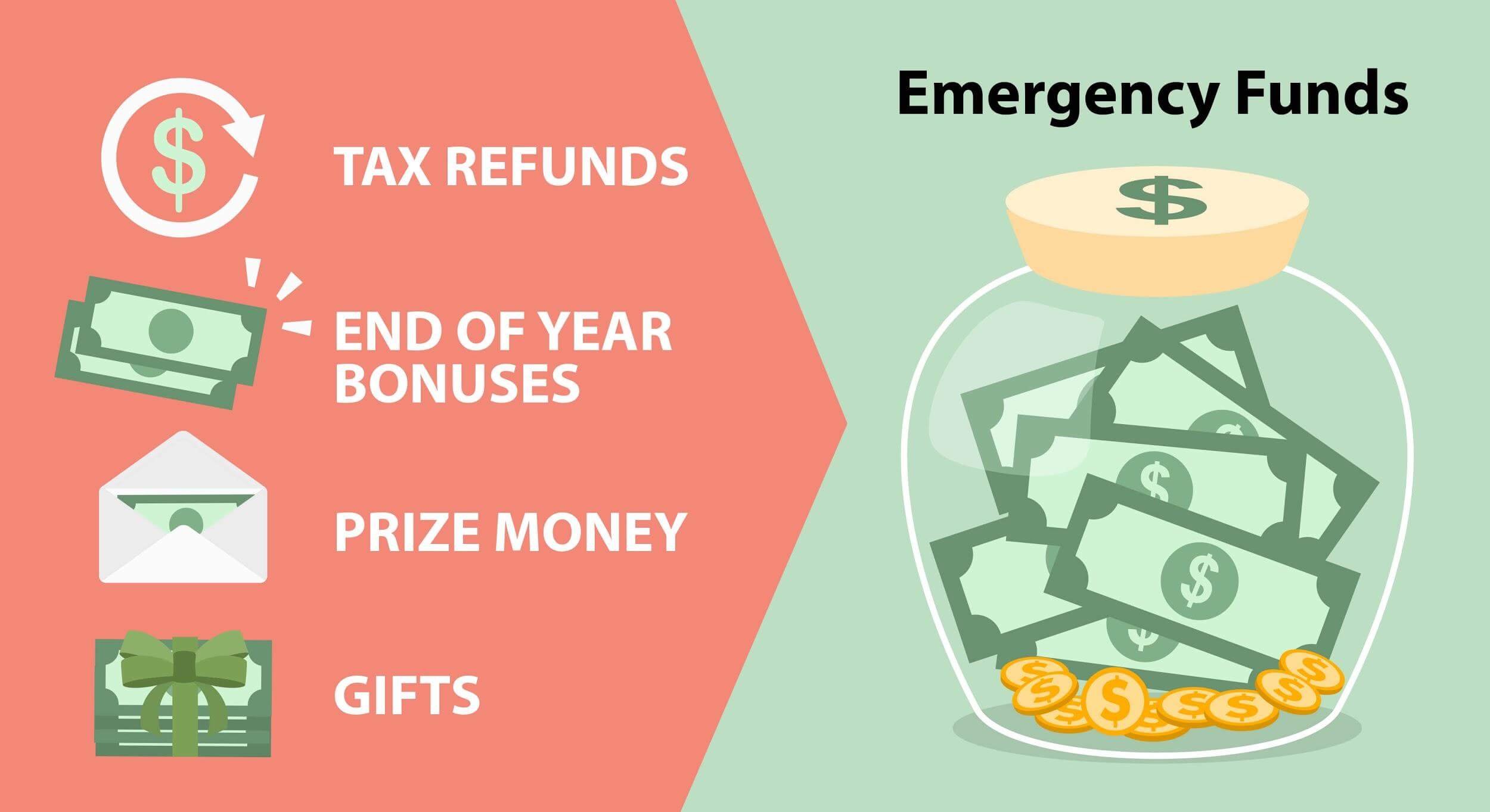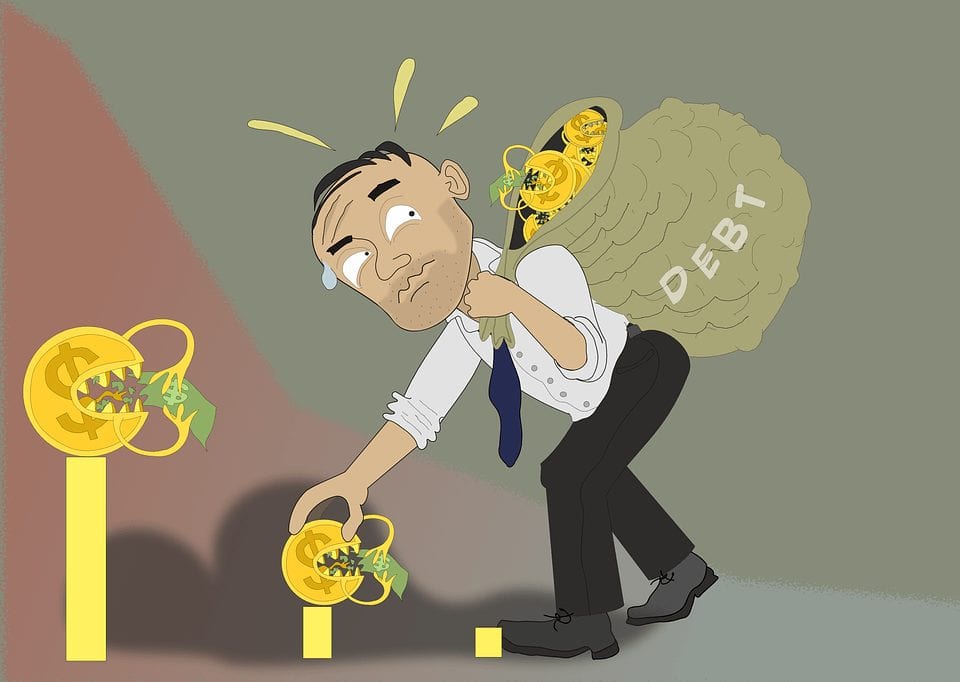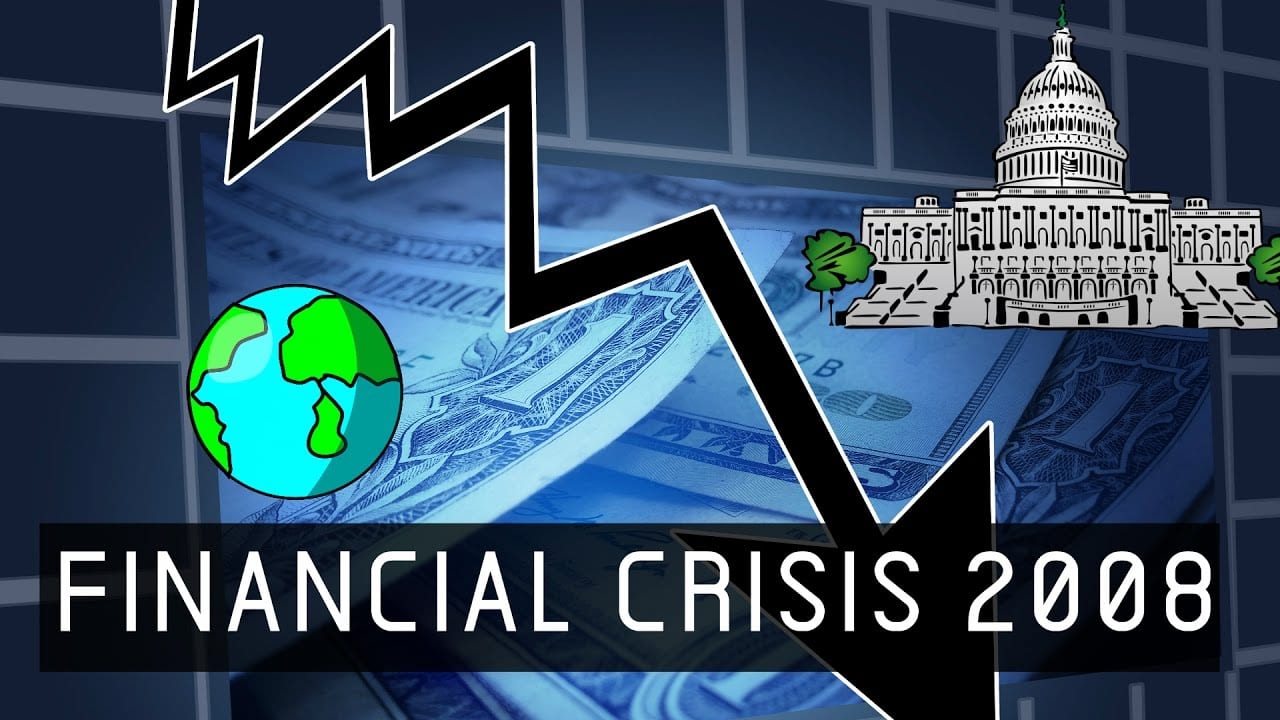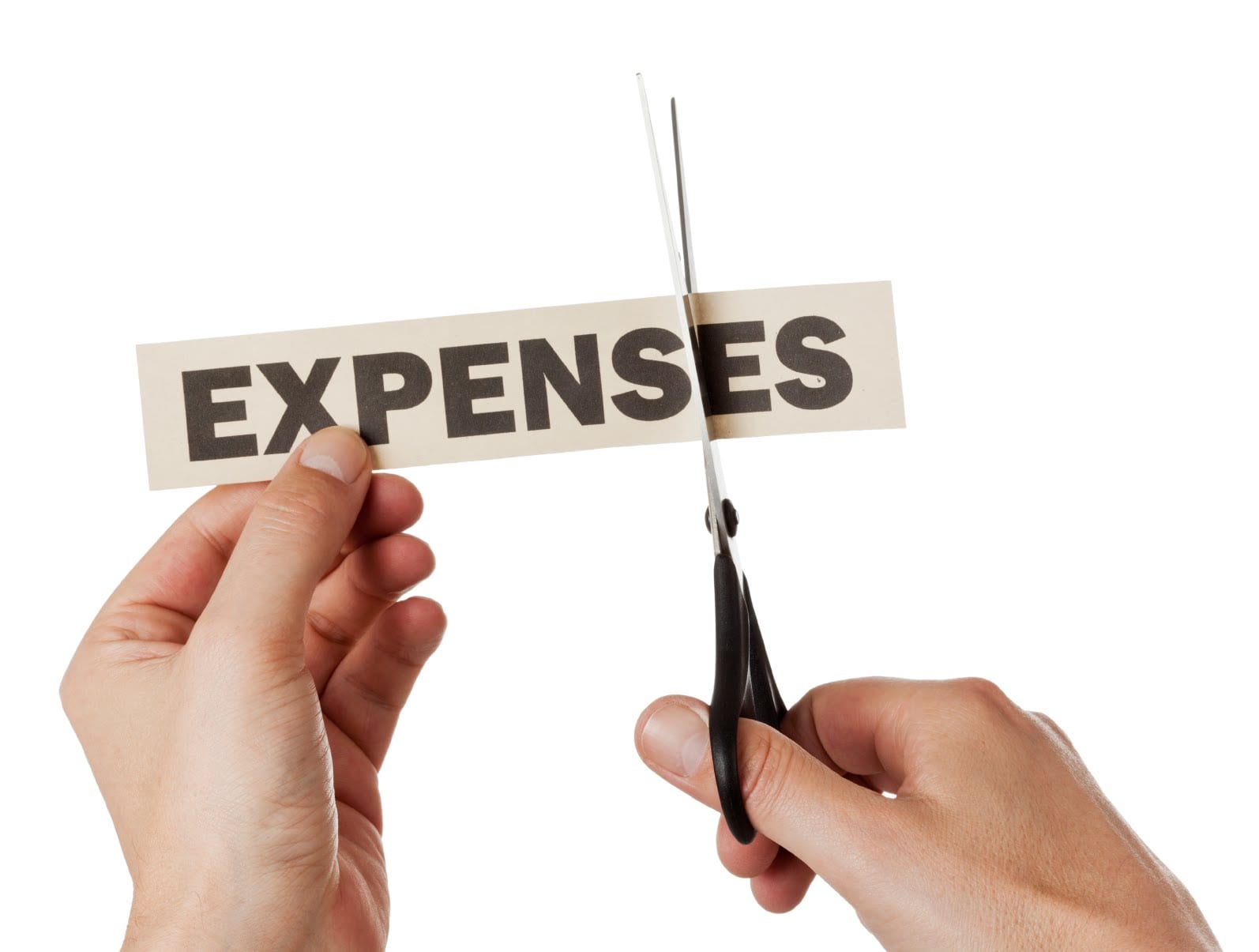There has never been a better time to be a senior. Financial planning is crucial for seniors and those who are planning to retire within the next decade. It’s never too late to start planning your financial future and many senior citizens, as well as those on their way to becoming seniors, are doing just this. There are many aspects of creating a financial plan, and in the first part of this series we’ll be discussing the importance of determining your retirement goals.
As someone who has been around awhile you should already have some idea of what it is you enjoy in life. If you’re still trying to figure it out, don’t worry! I’m sure no one ever gets it figured out perfectly. The one thing you simply must determine, before sitting down to plan your finances, is the vision you have for your life, and the life of your family. The role of senior financial planning is to create a road map that will guide you to the substance of that vision.
You’ve worked your entire life, whether your time was spent at home with the kids or at the office. You have come to appreciate work, but maybe you’d like to work a little less and live a little more. The point I’m trying to make is; you need to determine exactly what your goals are and what it is you wish to accomplish.
Before I take on a client this is the first thing I discuss with them. Sometimes it’s nice to help people figure out what they want the rest of their life to be like, but I can only guide a person so far. If you do not determine what your goals are, if you have no vision, chances are you will not succeed with your financial plans. As the Bible says “without a vision the people fall away.”
How to Determine Your Retirement Goals
I advise doing this in an environment where you can relax. Make sure you have some paper and a pen/pencil handy.
To start with, list the 5 major areas of your life. Usually they consist of:
- Family & Relationships
- Health & Fitness
- Money & Income
- Hobbies & Recreation
- Spiritual & Mental
Everyone has at least 5 major areas in their lives, if not more. Try to be general when coming up with important areas, don’t list anything specific yet.
After you have your list created spend some time thinking of each area of your life. Reflect on the past and contemplate on the future. Write down how you want to spend the rest of your life in these areas. This is more than just writing a senior financial plan, this is deciding how you want to live and who you want to be.
There is a reason for doing this activity and it will make more sense as you move ahead, even though I’m sure most of you see the importance of this.
If you really think about it, what is the real reason a senior citizen would want to plan their finances?
The answer to that (in my opinion) is enjoyment. Sure you have the common necessities you need to pay for, but you’ve always had to plan on paying those things. The real question you need to ask yourself is; what do you want to do with the rest of your life? And then: How can I plan my finances in a way that will make this happen?
It’s true that the best things in life are free, but all of the other things are what add to it and make it much more worthwhile. For example, your family was free. It didn’t really cost you anything. Everything your parents spent on you (and everything you spent on your kids) was to add enjoyment, pleasure, and comfort into life. Your job is to decide exactly what that is from this point forward.
Here are some questions you can ask yourself to generate some ideas:
- What did I enjoy as a child that I still enjoy today?
- Do I enjoy work and should I continue working?
- Is there anything I enjoy so much that I’d consider starting or buying a small business?
- How do I want to spend the time I have left with my family (which activities do I want to do with them?) and what kind of money will I need?
- What hobbies do I have and what financial situation would I have to be in to continue them?
These are just some examples to get your mind thinking. Once you have written down everything you can think of we will begin sorting and assessing the financial implications of each one. During this step it is also advised that you write a general vision statement for your life. After all, we need a “motive” to get “motivated.” If you are going to create a senior financial plan that you’ll stick to, you need specific retirement goals.









